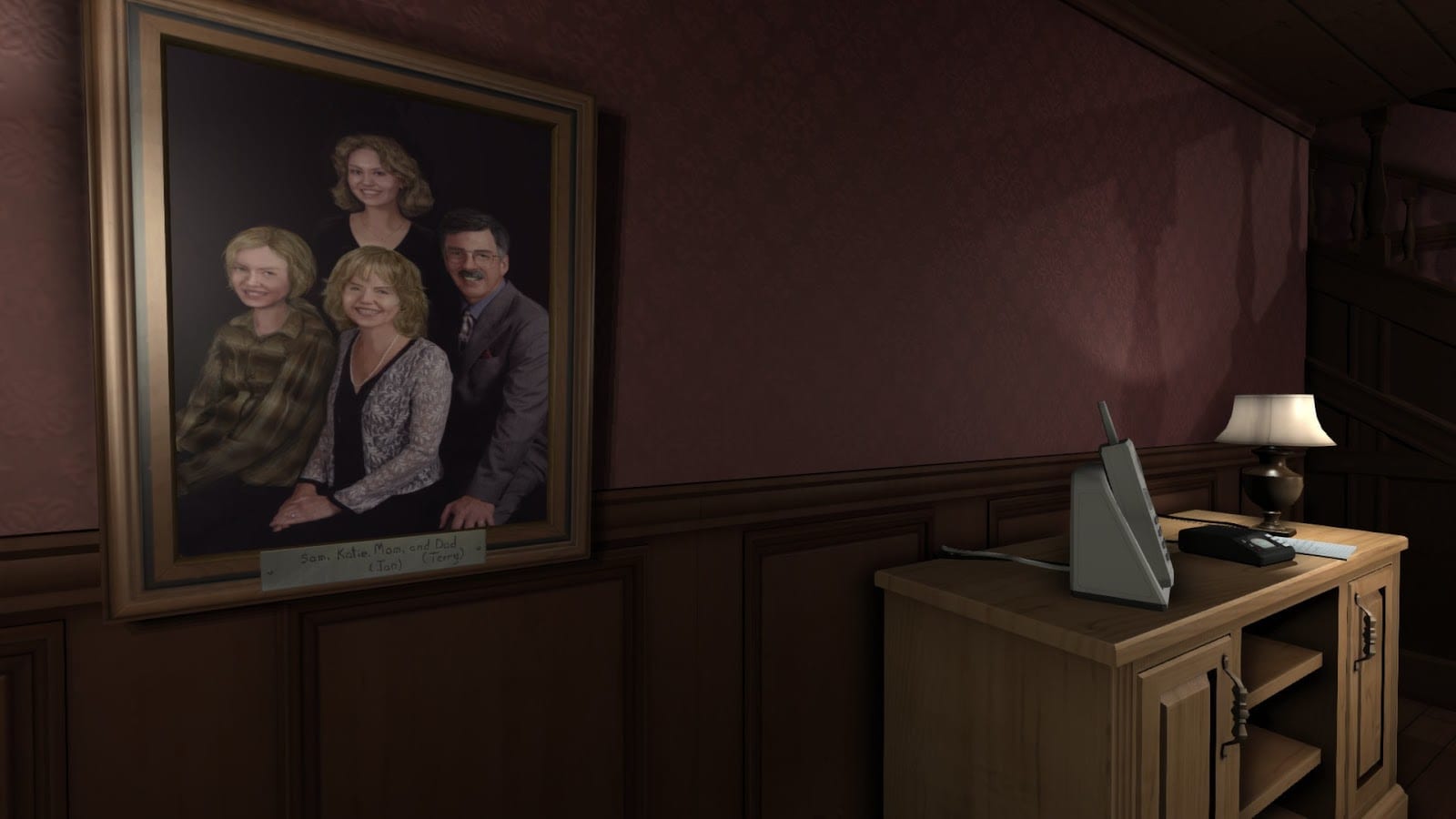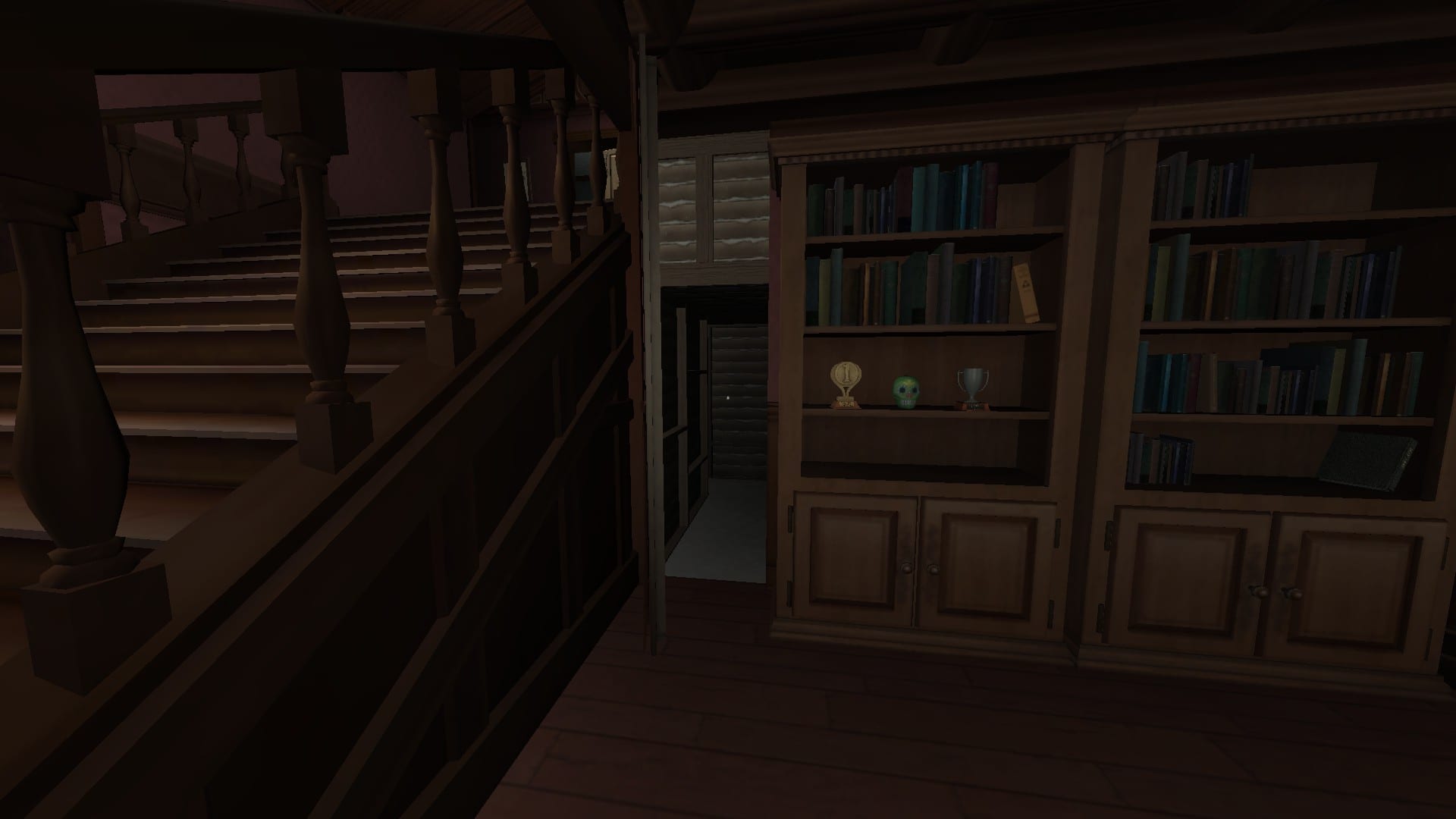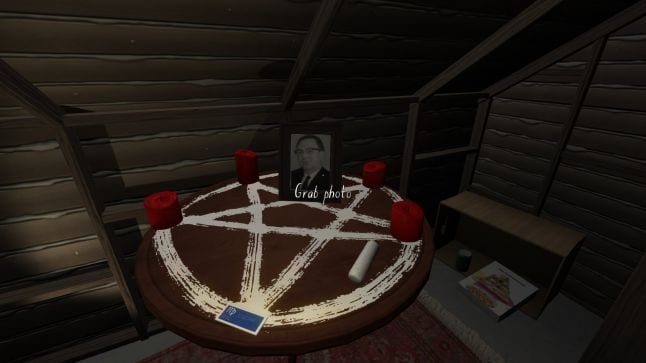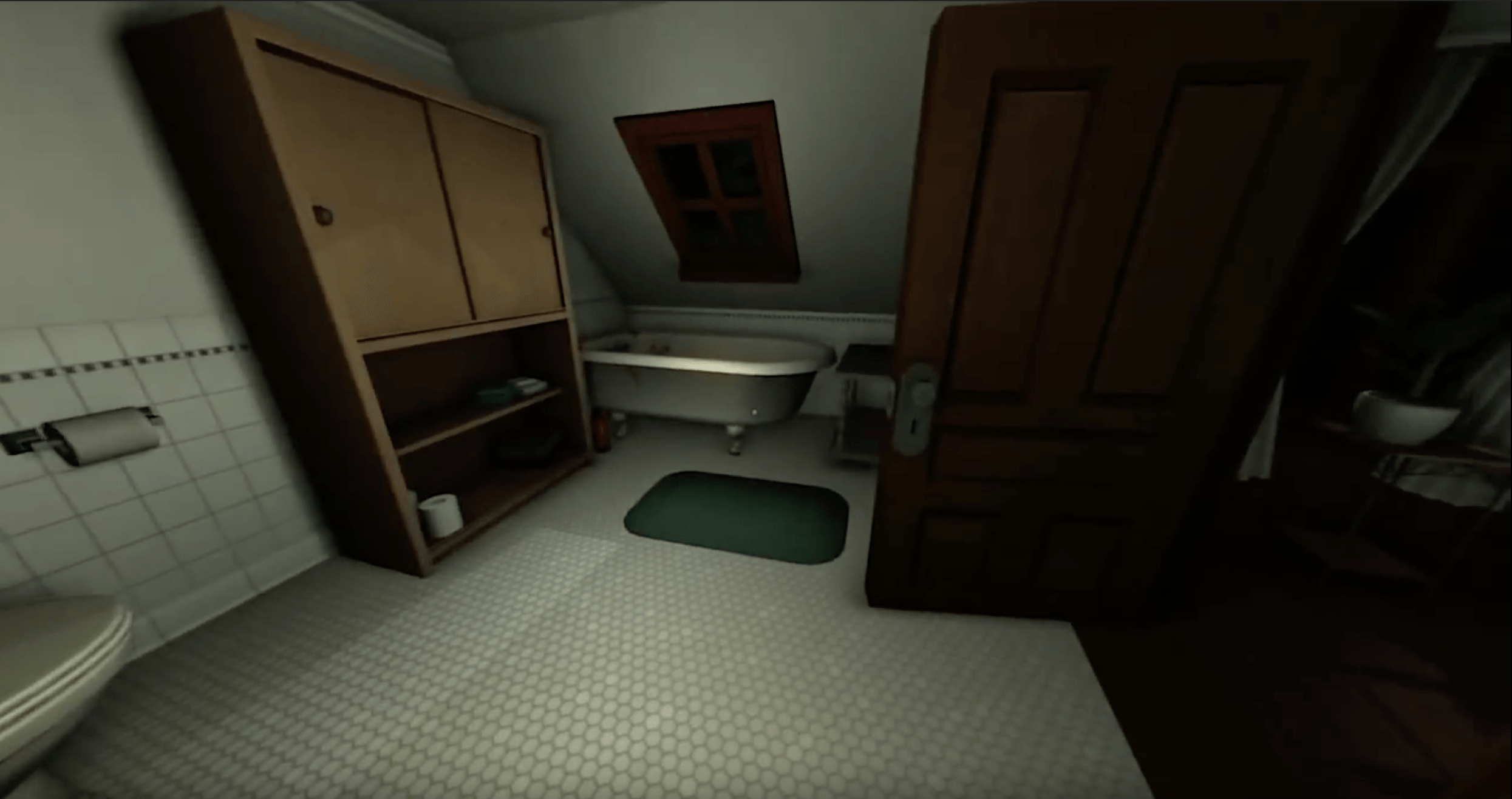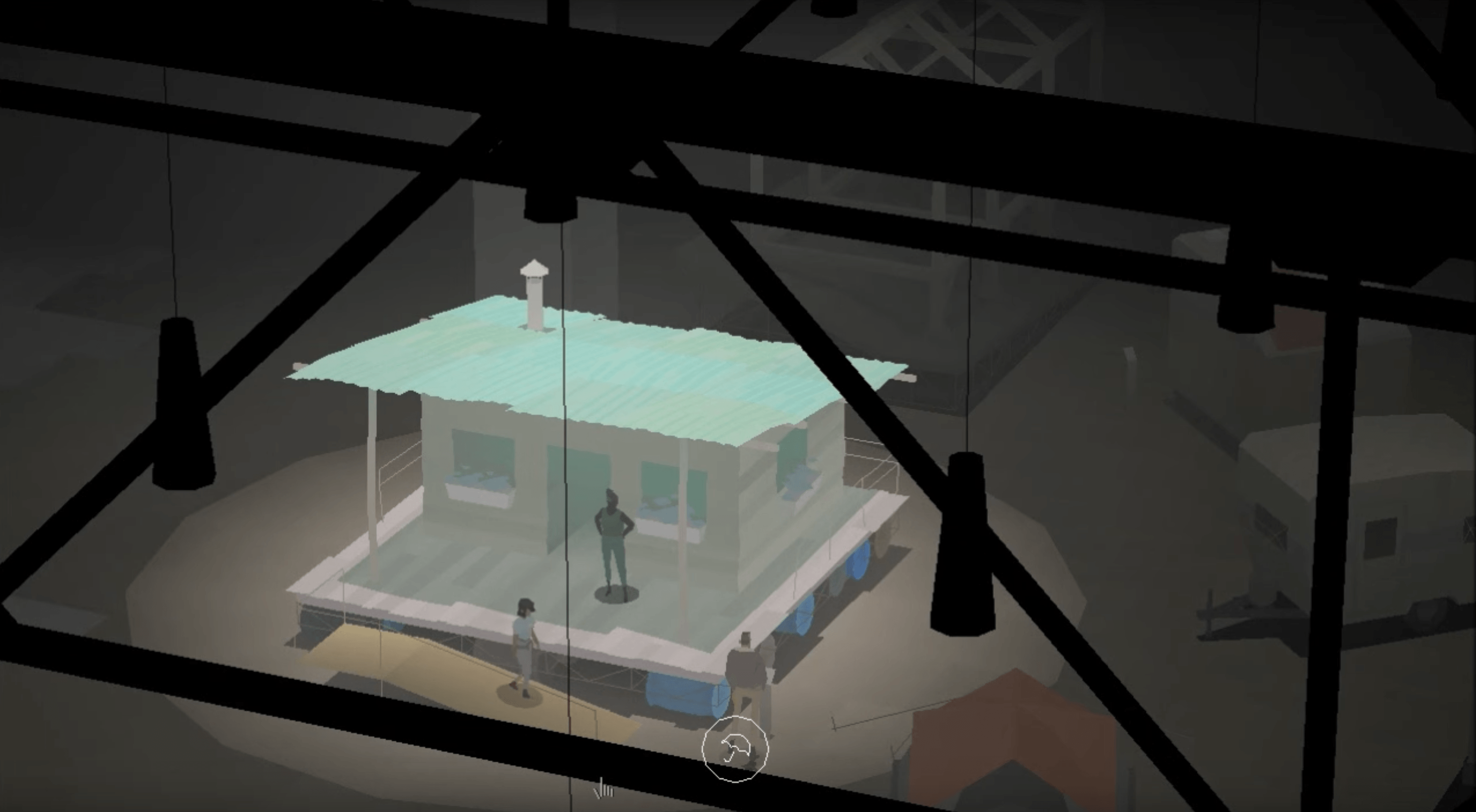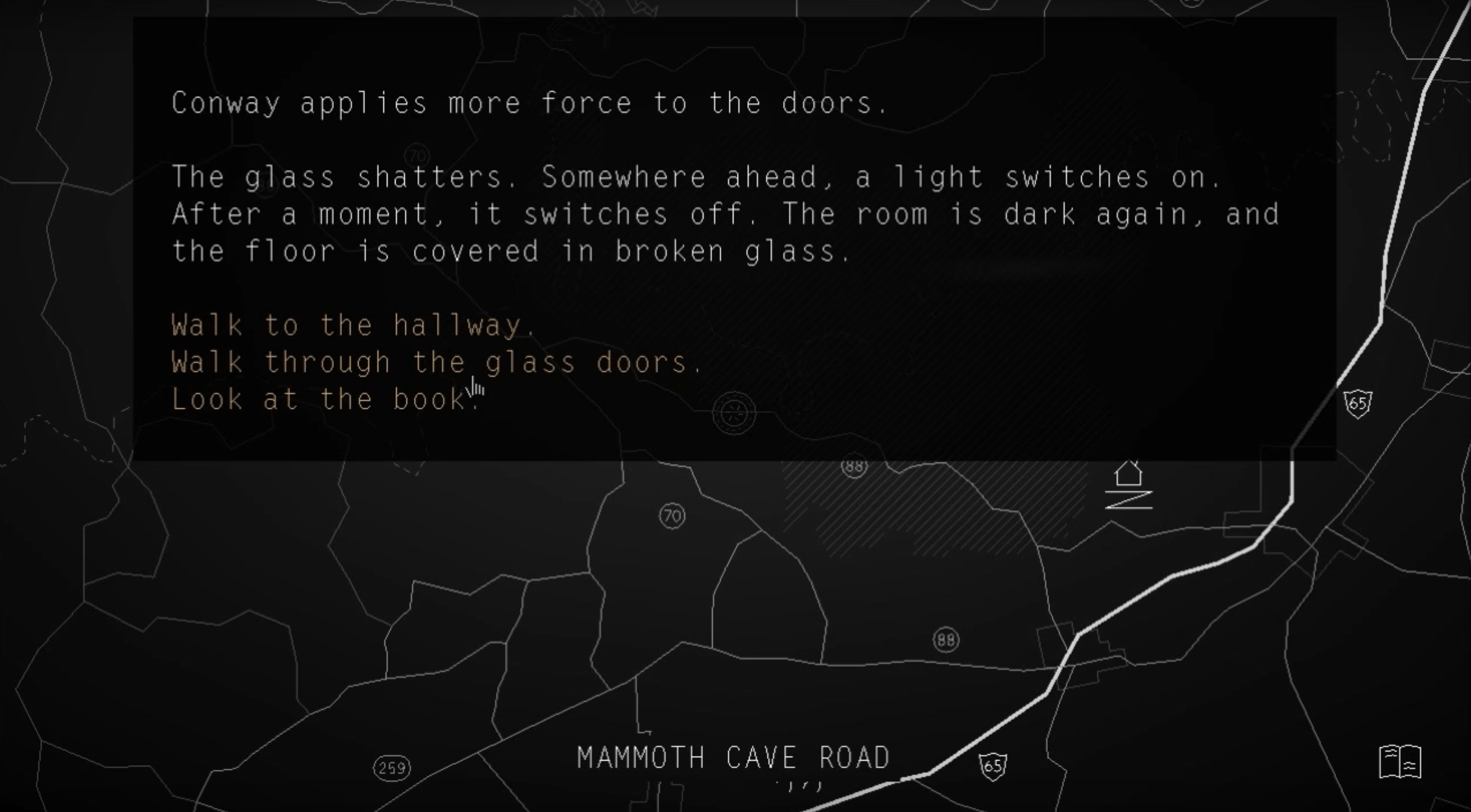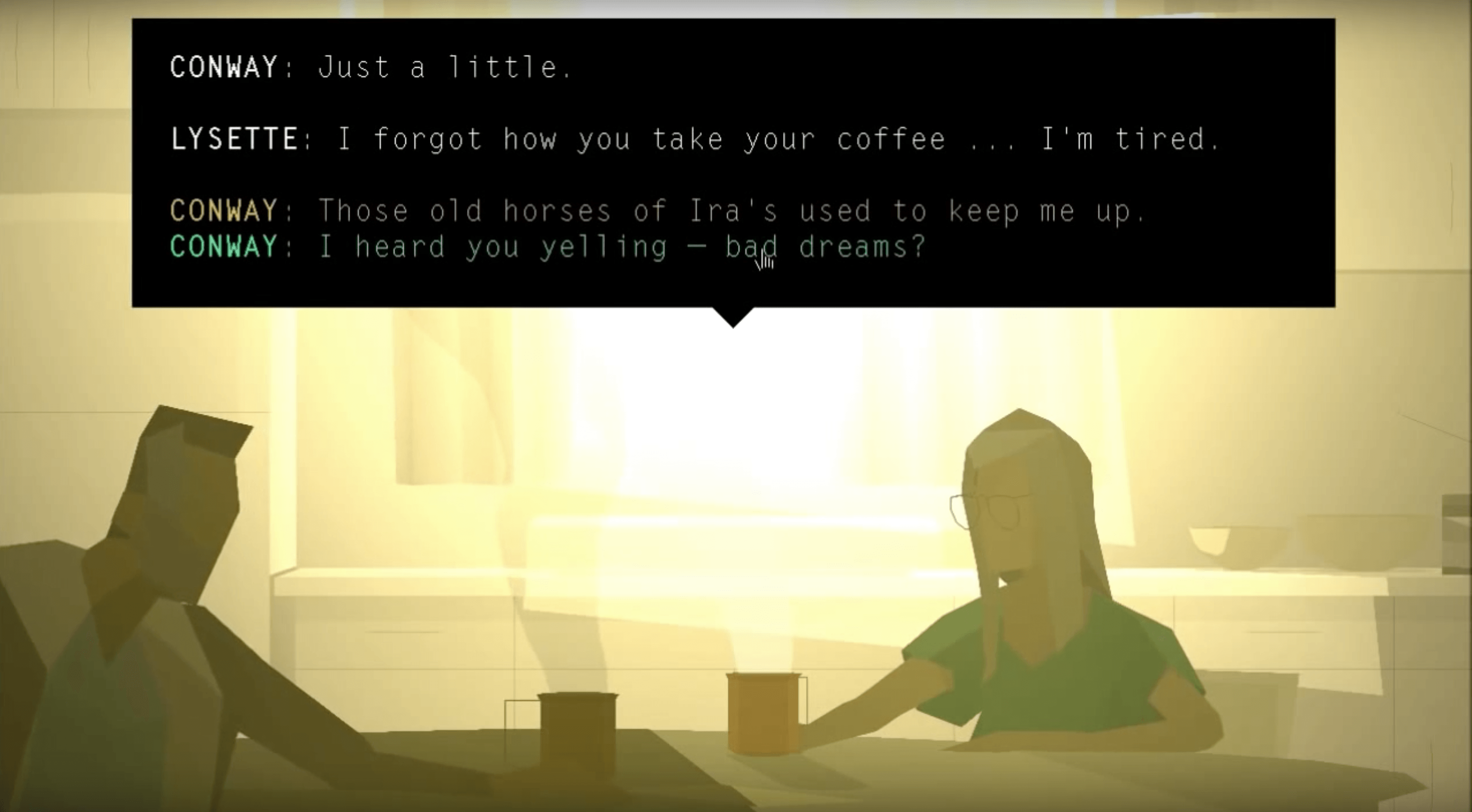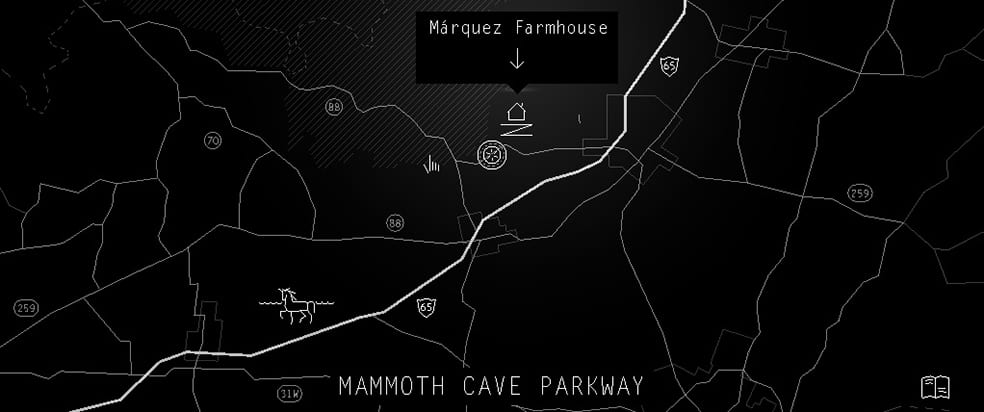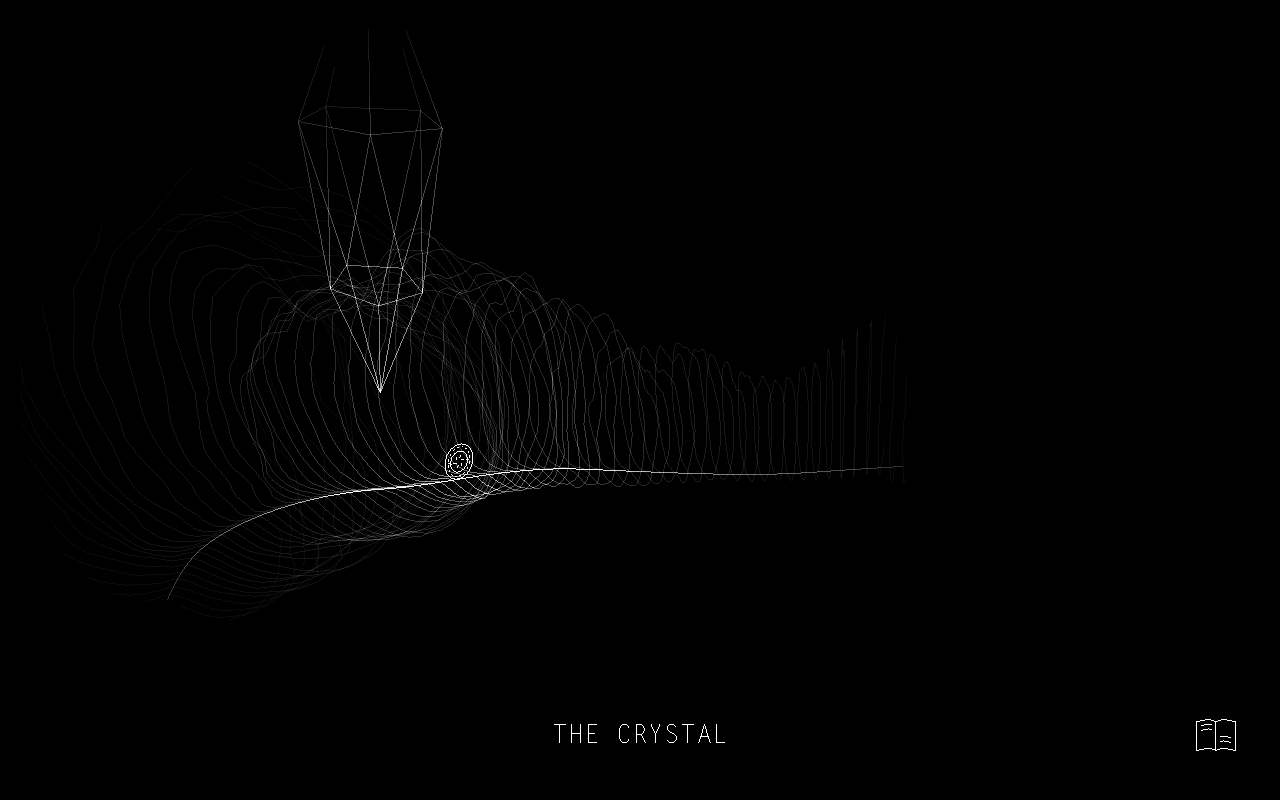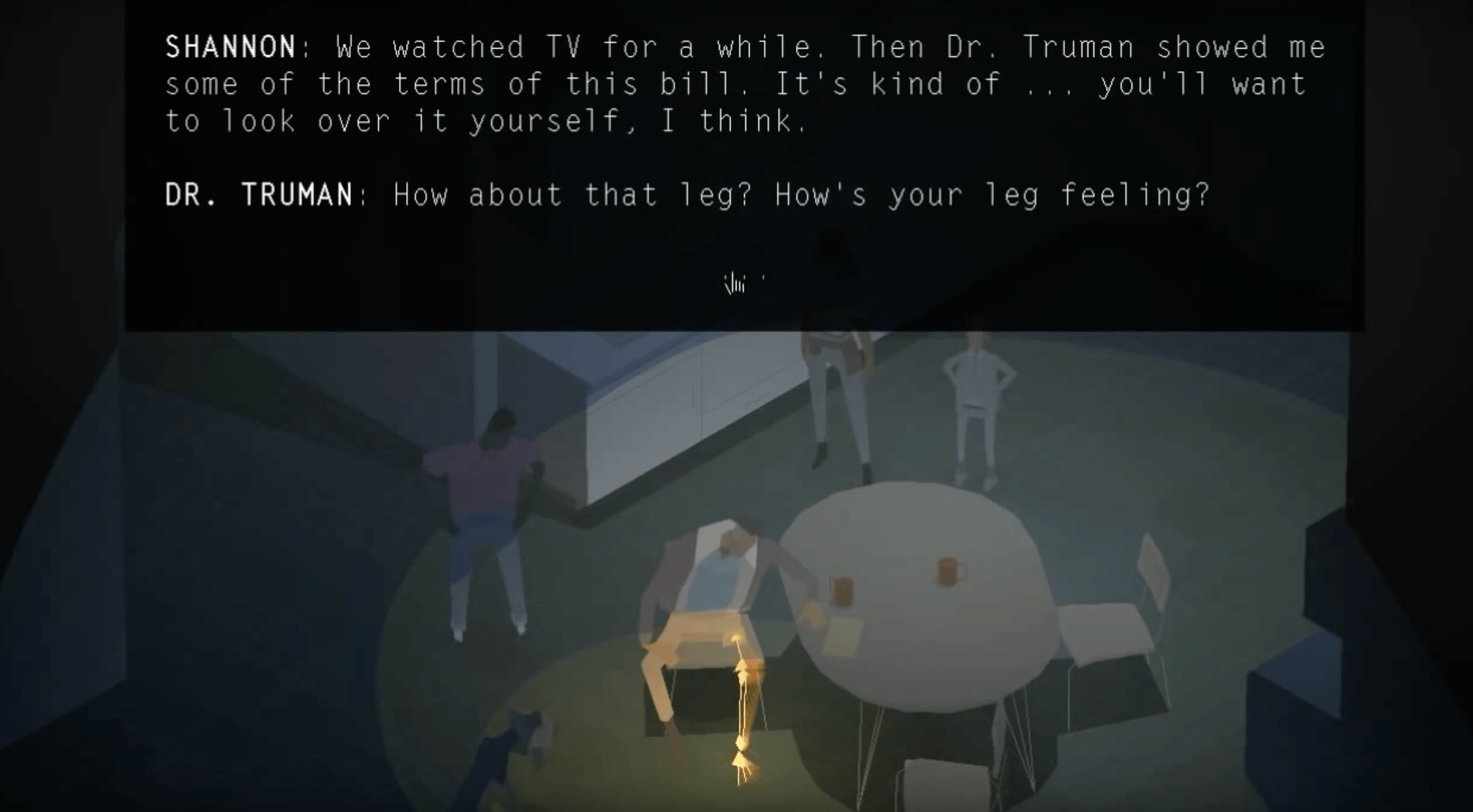June 23, 2018
This is the ninth in a series of posts dedicated to works of videogame literature and theater—not videogames that are literary or theatrical, but rather novels, plays, television series, graphic novels, museum installations, poems, immersive theater, and movies that represent in some fashion or another videogames, videogame players, and videogame culture. For a general description of my critical framework and purposes, see the first post in the series, “What is videogame literature?”
(Spoilers)
UNIT 2: SPACE
When I started studying videogames as an academic subject a few years ago, one of the first essays that caught my attention was Henry Jenkins’s “Game Design as Narrative Architecture.”
As a literary critic, I liked the way he called out the so-called “ludologists” for their overly narrow conception of storytelling. At the same time, he chastised literary critics who insisted everything was a story. He argued, correctly, that there are all kinds of videogames that don’t tell stories, and we don’t need to pretend they do. (BTW, this doesn’t mean that all videogames don’t construct fictions—as Jesper Juul explains, they all do.) I also liked Jenkins’s suggestion that videogames are part of “a much older tradition of spatial stories” that includes the travel fantasies of Tolkien and L. Frank Baum and as the make-believe stories that kids improvise while playing make-believe in backyards and bedroom blanket forts.
As I’ve continued to study, I’ve evolved my understanding of videogame space, particularly as I’ve grown to know the field of New Media Dramaturgy (for an overview of NMD, see this lecture by Peter Eckersall from the 2018 Summer NEH Institute on Digital Technologies in Theatre and Performance Studies), and the work of performance scholars like Kiri Miller, whose book on dance videogames is fracking brilliant (for a taste of her work, see her lecture from the NEH Institute). But Jenkins’s essay still holds a place on my syllabi.
This unit of my course was composed of four evenings, the first of which explored and applied Jenkins’s argument. The second, third, and fourth evenings branched into broader concepts of videogame space: the “space of play” (the personal and interpersonal spaces around the videogame player) and “the space of media” (a space that networks videogame play with film, online social environments, television, and other industrialized media).
Here, I annotate the 5th and 6th evenings. Coming soon, the space of media!
EVENING 5: NARRATIVE SPACE
What we read:
Henry Jenkins, “Game Design as Narrative Architecture”
Espen Aarseth, “Allegories of Space: The Question of Spatiality in Computer Games”
What we played:
Gone Home
Kentucky Route Zero (Act 1)
What we did:
We began the evening with a review of Jenkins’s “Game Design as Narrative Architecture,” using Gone Home as our application text. According to Jenkins, there are four ways videogames construct spatial narratives:
1. Environmental storytelling. Videogames tell stories by putting players in settings. These communicate not only important narrative information (where and when the game takes place), but also tone and theme. Gone Home is an excellent illustration of this kind of storytelling. It establishes the when and where, the tone, and several themes of the game the moment we open the front door.
The house is spacious, but unsettlingly so. The foyer is full of shadows. The lights flicker. We hear rain and thunder and . . . is someone upstairs? We feel small and out of place. As both a player and character, the space feels unsettled and alien. That’s environmental storytelling.
The portrait of the Greenbriar family is inviting, but tucked in a distant corner (see it way over there, on the left?). Like us, it’s overwhelmed by space and shadow, voiceless, enigmatic.
When we approach, we are cued into the historical setting, both by the clothing and hair of the people in the portrait, but also the answering machine on the cabinet—a piece of antiquated technology. Environmental storytelling? Yep.
Now, let’s contrast the foyer with Sam’s room. This is a small space, cozy, colorful, full of varied, layered patterns. Unlike the impersonal foyer, here it’s all Sam. We read her snarky rebelliousness in the pirate flag, the detourned pages of magazines taped to the locker door. But we also see the distance she’s building between her and her parents. In the midst of all this expressiveness, there is a locked door. Sam’s hiding something from her family—and from us. But it also feel like she wants us to unlock that door, doesn’t it? You got it: environmental storytelling.
2. Intertextual storytelling. Videogames tell stories by referencing other texts. We sometimes call these “Easter Eggs.” Gone Home is full of SNES videogame cartridges, VHS tapes of classic sci-fi movies and TV series, mixtapes with tracks by Heavens to Betsy and Bratmobile.
Intertextual storytelling can extend to entire genres. The Mason home is one big reference to the gothic: it’s a spooky, full of hidden passages and family secrets. Gone Home also references first-person shooters. Gone Home’s lead designer, Steve Gaynor, earned his chops working on BioShock games and that’s evident here. The labyrinthine, poorly lit corridors communicate quite clearly that there may be something big, bad, and dangerous hiding around the next corner.
If the VHS tapes and mixtapes help to communicate themes and give insight into character, the references to the gothic and FPSs do something more subtle. Ultimately there isn’t anything supernatural in this house and there’s not a monster to be shot. But there is a lot of fear: fear of Sam’s sexuality, Terry’s abuse, of a family in danger of falling apart. The fear we feel as a player in this gothic FPS space rhymes with Katie’s fears about her family. As our feelings change about the space, so do Katie’s about her family. When we complete the game, the house is fully explored, no mysteries remaining, no ghosts or monsters found. When Katie finds the final journal entry, she realizes that Sam, Terry, and Janice are going to be all right.
3. Embedded storytelling. This is storytelling created with in-game texts that require a player to discover them: letters, audiologs, and other in-game objects that a player has to discover and activate in some fashion. Gone Home is festooned with these: Sam’s audio journals are the most obvious. We hear these when we click on specific objects the pocket of a jean jacket, a cassette tape, a photograph, etc. If we don’t find them, or if we find them but don’t click on them, we don’t hear the journals.
4. Emergent storytelling. Videogames are a temporal art form. When we play, we first do this, then we do that, then we do that other thing, then yet another thing. Our actions move the story forward. In some games, this can be quite linear—we’re on “rails.” However, we often have freedom to decide which path we’ll take. If we choose to take the path on the left versus the path on the right, our story will be different. If we choose to treat an NPC kindly or cruelly, our story will be different. If we choose to be a wizard or a warrior or a rogue, our story will be different.
In Gone Home, we can choose the order in which we explore the rooms, and this will affect our understanding and experience of the overall narrative. For example, the first time I played it, I didn’t discover the secret room tucked behind the staircase in the foyer until quite late in the game.
Now that’s environmental storytelling! This is a creepy little room! If I had been a more industrious clicker, I might have found it, and what I saw in that room would have colored my experience of everything that followed. The suspicion I had that the house was haunted would have been turned up to 11.
One of my favorite moments of spatial narrative in Gone Home combines all of these.
When I first entered the room, it was dark, so I turned on the light. Immediately, I recognized it as a bathroom.
And then I turned and saw the crimson splashed across the bathtub. My first assumption was that someone had attempted or succeeded at killing themselves (oh, jeez). This is environmental storytelling.
As I approached, I was relieved to discover that there was no body in the tub. And I noticed a small bottle on the floor. When I picked it up, I discovered it was a bottle of hair dye—red, like what was on the tub.
When I picked up the bottle, I triggered one of Sam’s audio journals, which describes the night Lonnie helped dye her hair. That’s embedded storytelling. (And I might not have picked it up at all, simply noting that it was hair dye. That would be emergent storytelling.)
This was the first time the game clearly signaled to me that my feelings as a player about this space were connected with my character’s feelings about Sam and Sam’s sexuality. Why was I afraid? Why was I assuming this would all end badly? I realized I needed to adjust my attitude and needed to stop moving through this house in fear of ghosts, worried about jump scares, watching my sixes.
Allegories of space
Espen Aarseth’s essay “Allegories of Space” isn’t as accessible or obviously useful as Jenkins’s, but it’s worth a read, as it alerts us to one of the unique but analytically challenging characteristics of videogames as a medium.
Building on the work of philosophers Anita Leirfall and Henri Lefebvre, Aarseth argues that videogame space is always symbolic space, but it’s symbolic in two ways. It’s symbolic in the sense that it represents a space that is recognizable to us. We play with a farm, a stack of blocks, medieval Florence, a grid filled with words, the sprawling landscape of Skyrim, a maze with four ghosts and lots of dots, etc. We can call that “representational space.”
We also play in another kind of symbolic space, a code space, a space of rules, algorithms, mechanics, and procedures. We can call that “system space.”
Anyone who has ever played an open-world videogame and run into an invisible wall that won’t let you climb that enticing mountain has run into the difference between system space (the rules that govern where we’re allowed to go) and representational space (the landscape that invites us to explore).
Anyone who has ever wondered why their character can’t simply jump up on that box understands the difference between system space (we’re not allowed to jump) and representational space (but the box is shorter than we are!).
In sum, “spatial representation in computer games is ambivalent and doublesided: it is both conceptual and associative” (163). In other words, it both a system space and a representational space. Typically, that doublesidedness is either smartly reconciled by the designers, and players hardly notice it. Other times, it’s not, but that’s okay, that’s just part of playing games. And still other times, the designers want us to be aware of it—want the ambivalent, doublesided nature of videogame symbolic space to inspire critical thinking.
That’s the case with Kentucky Route Zero. The relationship between system space and representational space is one of the game’s main themes. KR0 tells the story of people damaged by the systems—historical, economic, psychological, ideological—that shape their lives. It tells the story of individuals and communities traumatized by the collapse of the coal industry, by the degradation of the brain’s memory systems, by the takeover of neoliberal economic policy. And it communicates that theme by continually shifting the kinds of spaces we play in—shifting both the representation of space and the systems that determine how the player moves through them.
Sometimes, we control a humanoid avatar and guide them through spaces that look like gas stations, abandoned coal mines, lonely stretches of highway, museums, repurposed churches, and so on. We move through those spaces by pointing and clicking. Wherever we point and click, we see a little horseshoe ring around a stake (such a cool little touch!), and our avatar will move there. Many of those spaces contain objects that we can click on and gain information about the space or our relationship to it.
Sometimes, these spaces are displayed frontally, appearing more or less two-dimensional (as is the case with the picture above).
At other times, these spaces are shown to us in isometric view, providing a more three-dimensional perspective.
And at other times, those spaces are presented through text. We explore these spaces by clicking on one of several choices, like a choose-your-own-adventure book. These spaces are not represented visually but textually. They are also “system spaces” in the sense that our exploration of the space is determined by a limited set of textual options. If we ignore what we read in each line and consider only the system of line choices, an abandoned building . . .
. . . is identical to the space of a poem . . .
. . . is identical to a conversation with a friend who is suffering from early-onset Alzheimers.
These are all conceptual spaces.
There are other kinds of representational/systemic spaces in Kentucky Route Zero. We sometimes play non-humanoid avatars; for example, a wheel that represents a truck moving across a map of part of Kentucky. As with our human avatar, we move the wheel by pointing and clicking on the map. But this space is abstract, more obviously a system space. It looks like the maps we find in a navigation app. The roads have numbers or names. Landmarks and locations appear as our avatar approaches. These are represented as icons.
We move a similar non-humanoid avatar through the transdimensional road system known as “Route Zero.” This map works differently. Landmarks are symbolic in nature (The Bottle, The Still, The Crystal, The Pendulum), and instead of turning north or west, we move clockwise or counterclockwise, a bit like opening a combination lock.
We also move a giant eagle, which represents Julian, the brother of Ezra. Though we travel across the same map as we do with our truck, we look at that map in a very different way. Rather than looking for roads and intersections, we look for natural landmarks—lakes and rivers.
Finally, we sometimes move across the map with our ears. In one of my favorite parts of the game, we are tasked with traveling to a location that is revealed to us not by any visual cues, but by sounds emitted by our in-truck radio.
Again, Kentucky Route Zero is about systems: the systems of economic inequity, the systems of roads and wiring, the systems of memory and forgetting, and the systems of videogames themselves. When we enter Mammoth Cave in Act 3 and discover a computer, and we then play a game on that computer about being in a cave playing a videogame, we’re not just encountering a twee bit of postmodern ironic self-referentiality (though it is definitely that). We’re also confronting the tension between the vulnerable, corruptible, beautiful, banal stuff of our lives and the deep systems that commodify, consume, appropriate, and destroy it.
Aarseth wants us to recognize “spatial representation in computer games [is] a reductive operation leading to a representation of space that is not in itself spatial, but symbolic and rule-based” (163). And in Kentucky Route Zero, that reductive operation hurts.
Aarseth teaches us that, if videogames tell their stories in spatial terms (through environmental, intertextual, embedded, and emergent techniques), they also tell their stories in terms of rules and systems. And if we don’t know the rules of the game, we’re not playing the game, the game is playing us.

